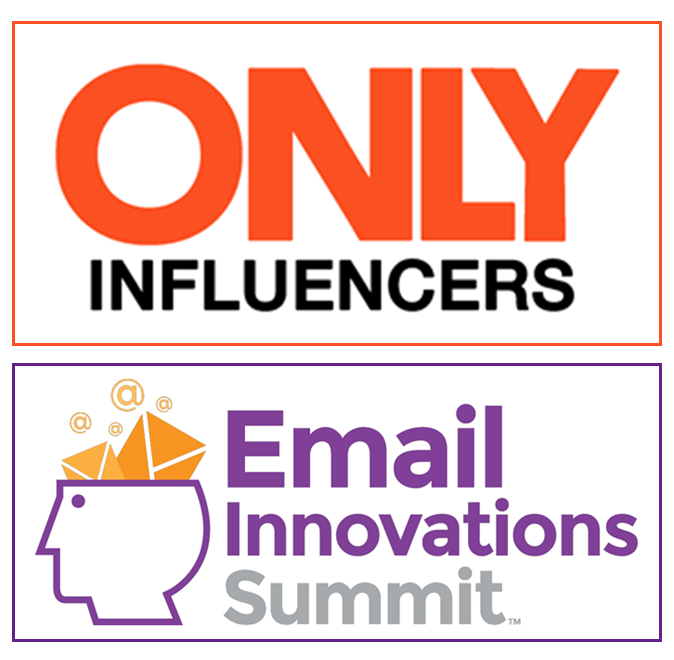Note from Jeanne: Happy Throwback Thursday! A client recently asked me what type of information I’d like to see in a creative brief and I thought of this article! After reading it everything here still applies (and that’s saying something, since I wrote this article for ClickZ back in November 2003!). A strong creative brief is the first step toward better bottom line performance, but many brands miss some key things that should be in their creative briefs (and many brands still don’t do them at all!). So take a few minutes to read my thoughts on creative briefs and then try to make at least enhancement to the next one you draft. Enjoy!
I’ve been doing a lot of work with creative briefs lately. In some cases, clients provide them to my creative team before we begin work; other times, I put them together for my team based on what I know of my client’s product and business goals. Either way, a strong creative brief, combined with good feedback, can make or break an email campaign. Here are a few tips on effectively writing and using creative briefs.
Creative Briefs
Creative briefs (as I’m sure you’re aware) aren’t unique to the online world. They’ve been used for years in offline marketing because they’re a great way to focus a creative team and increase the chances of creating a first draft that meets business goals. That said, it’s surprising to me they aren’t yet standard operating procedure for online marketing. Online product managers and others will benefit from writing creative briefs for every campaign. There are some down-and-dirty shortcuts you can use whether you’re writing a brief for one of your products or one of your client’s.
What Is a Creative Brief?
In a nutshell, a creative brief should be a summary of all that’s important about the product from a strategic and competitive perspective. Reading it should immerse the creative team in that knowledge and provide everything they need to begin work. Key elements include:
Audience. Who are you targeting with the email? Who are the creatives pitching? An email to mothers of 12-year-old boys will have a different tone, voice, and content than a message directed at those 12-year-old boys themselves. Work this out before the creative process begins. Give your creative team as much information as possible about who you need to reach.
Features/benefits/advantages. They may seem obvious to you, but it’s vital to list them. I try to include “advantages” in my briefs. It’s important to list not only product features and benefits but also its advantages over competitive products.
In doing this, the devil is in the details. Those details are what make the copy interesting. It may seem like too much information, but I like to immerse my creative team in the product they’re working on. We all do better work for it. If your product is part of a larger line, be sure to include the features/benefits/advantages of the line as well as that individual product.
This is all the more critical if you work with a creative team outside your organization but helpful even when your agency is in-house. If you don’t clearly state features, benefits, and advantages, it’s up to someone else (the copywriter, an account manager, etc.) to do the research and come up with the list. He may or may not come up with the same one you have. Spelling out the details at the beginning leaves less to chance and confirms everyone’s on the same page.
If you’re on the creative side and writing a brief for a client’s product you’re just learning about, be sure to have the client read it over and confirm your findings. There’s nothing worse than starting on the wrong foot because you missed a key feature or got the competitive advantage wrong.
If I’m writing a brief for a client, I’ll often look at not only their Web site but also their competitors’ sites. This research gives you a good idea how they’re positioning their product and allows you to recognize advantages you can use (or weaknesses you’ll want to avoid) in the creative.
Testimonials/customer feedback. Even if you don’t plan to use verbatim testimonials in the copy, it’s a good idea to forward them to the creative team. The more the team understands about how customers view the product, the better they’ll be able to position the product in an email to potential customers.
A tip for product managers and creatives: For many products, the Web offers tremendous opportunities to obtain customer testimonials and insights. Web sites such as Amazon.com offer a wealth of customer reviews of consumer goods; topic-specific discussion boards can yield a bounty of feedback on specific products or what customers look for in product types; and list-serves, many of which are business-to-business (B2B), can provide inside information on what’s important to your audience and what their pain points are.
We were writing an email promotion for a new consumer game when we stumbled across an online community of devotees discussing it. We learned a lot about what they liked and used these points to persuade our readers they, too, would like the game. Such sites are a great way to pick up the jargon your audience uses, which you can and should mimic in your email.
List of Calls to Action and Links With URLs
Most email marketing campaigns have a click-through as at least part of the call to action. It’s important to clearly list all links you want included in the email (preferably in order of priority). Don’t forget to include the URLs for your creatives. They must see where a reader will land to write and/or design with no disconnects between the email and landing pages.
Key Message/Design Points
Often, email is only one part of a cross-media campaign. Provide a list of key taglines or phrases used in other marketing channels. If these are must-haves for the email, say so. Do the same with any graphics you feel must be included in the final product.
Web sites, flyers, commercials — provide the creative team with all these so they can get the flavor of the campaign. To optimize return, all promotions must work together to convey a consistent message across channels.
Offer Specifics
In addition to all the above, include the specifics of your offer in the creative brief. What the offer and timeframe are and how the reader can take advantage of the offer are critical message elements. If you have partners, include their names, whether or not they’re to be mentioned. Are their logos to be included? Links to their Web sites? Don’t forget to include any legal terminology that must accompany the copy.
Schedule
I include a detailed schedule in my briefs for project management. It helps everyone plan their work and minimizes the, “When do you need this again?” questions from my team.
Using a Creative Brief
In a best-case scenario, your creative team will take a few days to review the brief and come back with questions and comments. We’ll often request assets we don’t have (mostly graphics); inquire about the audience and segmentation provided (sometimes clients narrow or broaden based on our recommendations); and bounce different approaches to get feedback before we start. We often ask for additional information, whatever we think will help us better understand the market, product, or audience.
Lots of Work?
Sound like a lot to pull together? It is. But the time a creative brief saves on the back end in revisions and piecemeal gathering of information makes it well worth the effort. A strong creative brief focuses a product team and leads to better copy and design. That improves response rates. Give it a shot. And let me know if you see a difference in your results.






